In this video, Tyler explores some of the content included in Survival Sanctuary. In particular, he discusses how to build an expandable solar power system.
This type of solar system will allow you to charge electronics when the grid is down, and while setting one up is relatively simple, there are some things you need to know.
Tyler covers the proper amp hour to Watt ratio. This is to ensure that your panels can charge your batteries in a reasonable amount of time and that your batteries can provide the amount of electricity you think you’ll need.
A key component in this solar power setup is the charge controller. This piece of equipment makes sure that your panels aren’t pulling power from your battery array when they aren’t exposed to the sun. Likewise, the controller makes sure that your panels don’t push power to the battery once it’s fully charged. If a solar setup doesn’t have some sort of charge controller, it will inevitably damage the batteries. Also, the controller you use for your system should match the type of battery you plan to use.
Tyler also explains the importance of other technical skills, such as wiring batteries in parallel versus a series. Essentially, to maintain voltage, you connect all of the positive terminals to positive terminals and the negative terminals to negative terminals.
Survival Sanctuary offers lots of information and guidance on how to build a shelter that can provide you with your needs. Don’t miss out on the wealth of resources in this book.







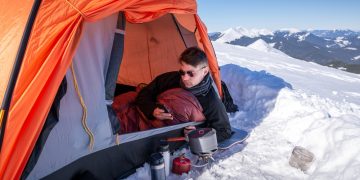





















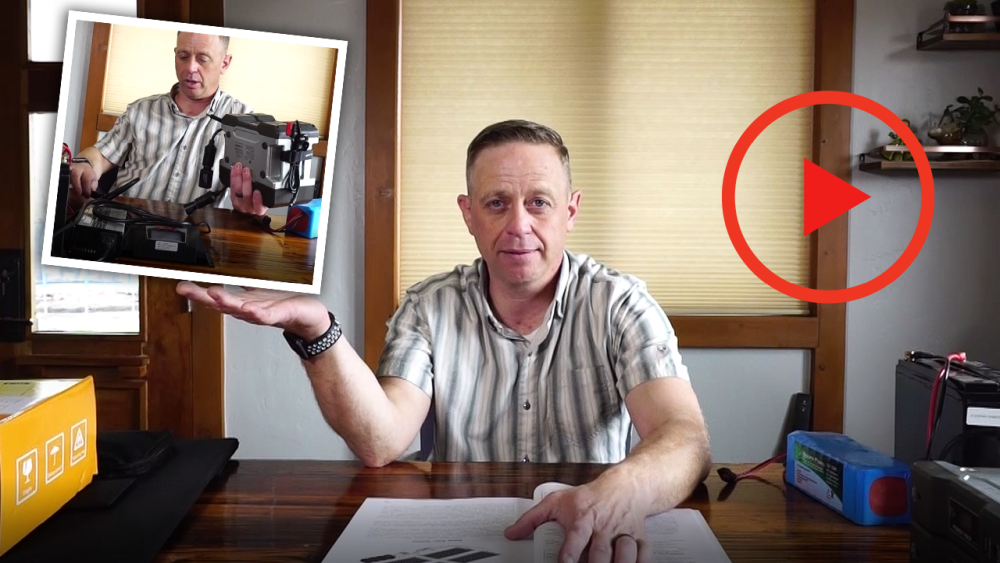











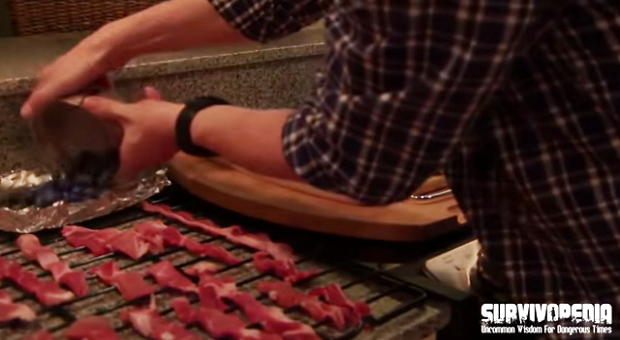




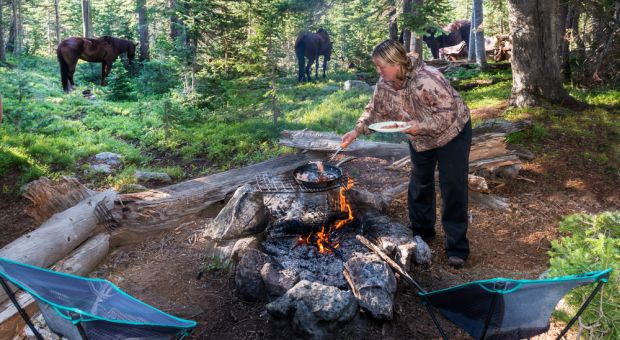
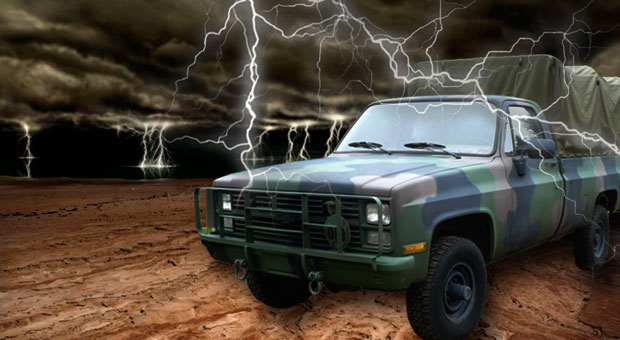













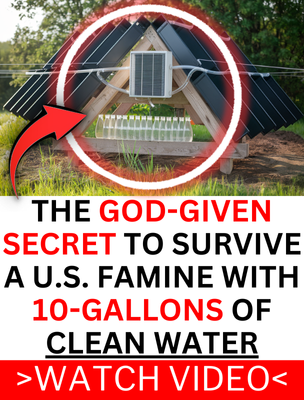
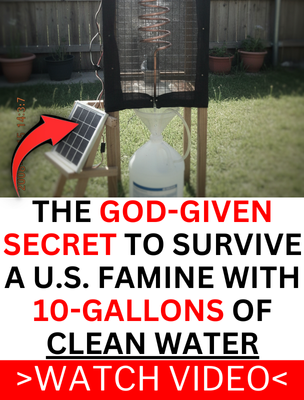





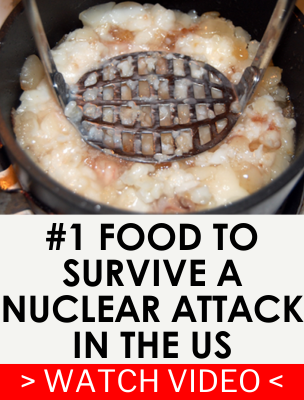






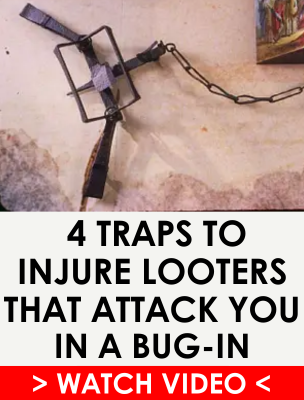







Survivopedia is an amazing collection of survival guides, resources, and materials. Always Great content.
I am entertaining the idea of putting together a solar power system that can generate enough electricity to power my water well. I estimate that I would need 6 kw for 30 minutes per day. It would be a good idea if the system could survive an EMP attack. Any advice on this would be appreciated.
Ralph, you can save a lot of money by pumping from the well only during sunshine and pumping into a water storage tank. Get a Direct Current pump motor tolerant of voltage variation to skip the fancy, expensive, and vulnerable controllers. Use a 12 volt recreational vehicle water pump on one deep cycle battery to pump water from the cistern to the house. Use a large accumulator to give you a high flow rate. Vulnerabilities of all these components are low.
[email protected]
Ralph, you can save a lot of money by pumping from the well only during sunshine and pumping into a water storage tank. Get a Direct Current pump motor tolerant of voltage variation to skip the fancy, expensive, and vulnerable controllers. Use a 12 volt recreational vehicle water pump on one deep cycle battery to pump water from the cistern to the house. Use a large accumulator to give you a high flow rate. Vulnerabilities of all these components are low.
Just remember.
If you have a backup power supply, you’ll have to be careful how and when you use it.
Make sure you have blackout drapes or something else to completely darken your home or living area. If any light shows, you quickly discover how many vermin will be drawn towards the light.
If you use a petroleum powered generator, sound dampening will be essential.
So how would someone protect an operation 10.4KW solar system input, (26 – 400w panels, parallel series configuration) going into 7 solar inverters, recharging 20 _ 280Ah lithium batteries wired in parallel for a 24 to 28V output and powering 2 – 12Kw split phase inverters from a large coronal ejection or an EMP ??? This I would like to know!!!